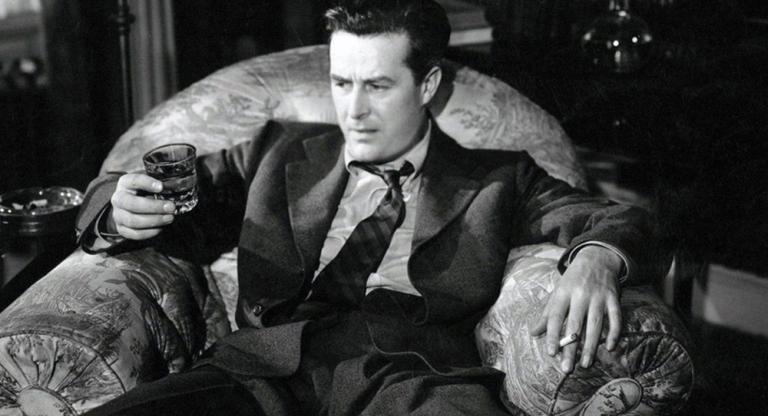Imre Madách’s 1861 drama The Tragedy of Man is one of the pillars of Hungarian literature. In it, Lucifer shepherds Adam, recently cast out of the Garden of Eden, through a vision of all of human history to come. Before Nietzsche brought the concept of the eternal return back into philosophical fashion, Madách portrayed mankind as repeating the same mistakes: hubristically striving for mastery of nature, only to succumb to pettiness and violence. Adam and Lucifer take on different historical personages as they converse throughout their journey—Adam is the Pharaoh Djoser in Ancient Egypt, the crusader Tancred in Constantinople, Danton in Revolutionary France, and so on, through to humanity’s lonely end in an ice age. Each time, Lucifer dashes Adam’s high hopes for civilization’s potential, only for a new reincarnation of Eve to reignite the First Man’s passion.
The drama has been staged innumerable times and was previously adapted cinematically in András Jeles’s extremely strange The Annunciation (1984), which is performed entirely by child actors—Paradise Lost meets Bugsy Malone. It took another artist of Madách’s stature to properly realize the work on film: Marcell Jankovics, the undisputed luminary of Hungarian animation. He directed both the country’s first animated feature, Johnny Corncob (1973), and what is probably its most famous animated film, Son of the White Mare (1981). Jankovics began work on The Tragedy of Man in 1988, but with the collapse of communism in Eastern Europe and the loss of the robust state funding that the Hungarian animation industry had enjoyed, his production ended up taking more than two decades, with the film finally releasing in 2011.
The long gestation ultimately proved appropriate for the finished movie. The Tragedy of Man is already episodic, and Jankovics rendered each era in history with a different drawing style. The Garden of Eden is imagined via colored silhouettes. In Ancient Rome, Adam and Lucifer are statues in a villa watching a gladiator match that plays out via an animated fresco on the floor. Prague in the 1600s is rendered to look like a woodcut engraving, while fin de siècle London is a crosshatched newspaper cartoon. When Adam considers a posthuman, bodiless existence among the stars, the film takes on the aesthetic of psychedelic European sci-fi animation (shades of a series at Spectacle not too long ago). Jankovics’s work is marked by its fluidity—across everything, from his features to the many episodes he directed of the long-running children’s series Hungarian Folk Tales, characters shift form as they gesture, taking on the shape of their emotion. When Lucifer beckons Adam and Eve to eat from the Tree of Knowledge, he becomes the ground beneath their feet as he goads them on. The Tragedy of Man is the paragon of this affective animation, conveying humanity’s evolution, not just through its story but through its own continual evolution.
The Tragedy of Man screens tonight, April 26, at Spectacle.



